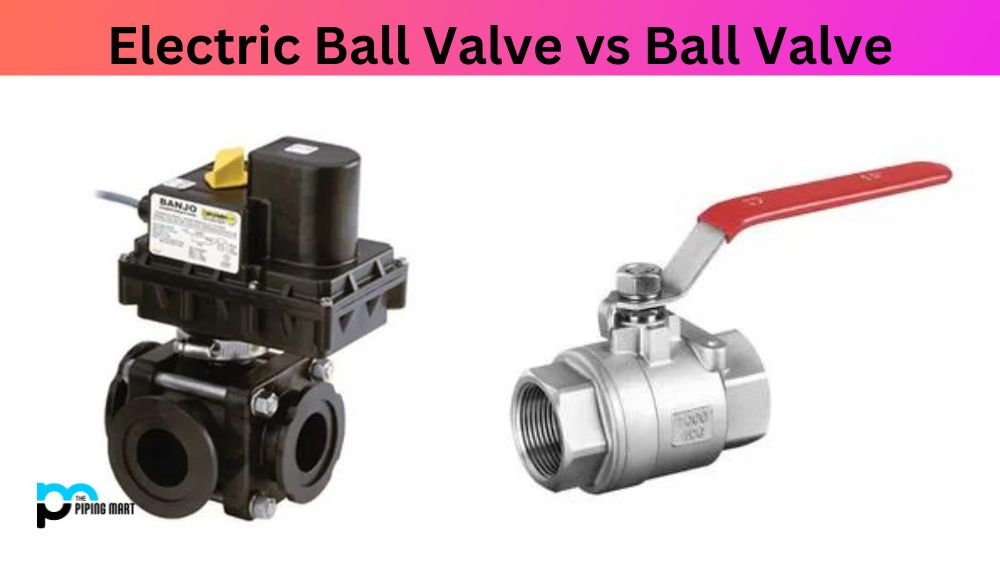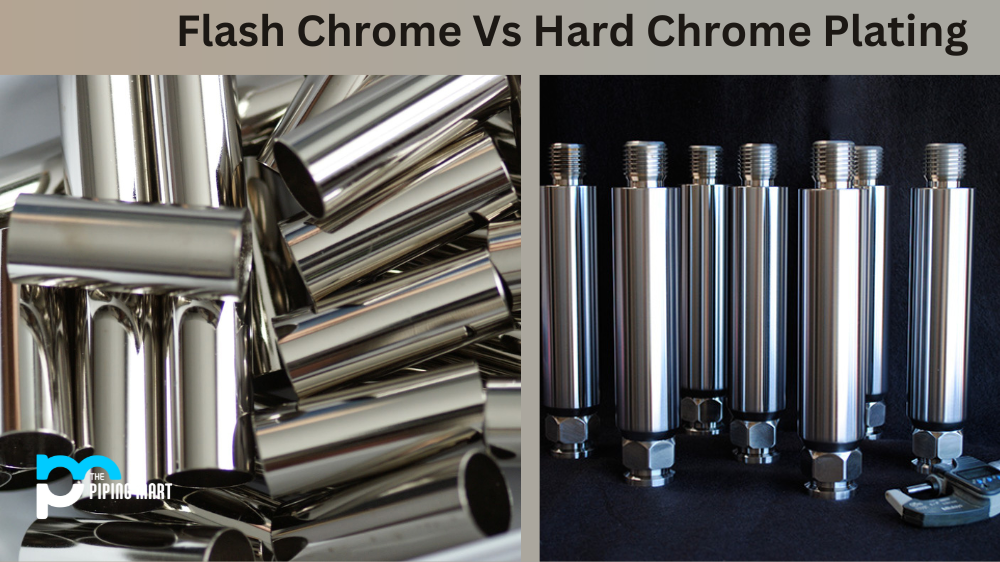Valves are essential components of piping systems. They control the flow of liquids, gases, and slurries. They are used in various industries such as oil and gas, chemical, water treatment, and pharmaceuticals. There are different types of valves, including ball valves and electric ball valves. In this blog post, we will discuss the differences between them.
What is Electric Ball Valve?
An electric ball valve is a control valve used to adjust the flow of water, oil, air, and other liquids or gases. It operates with an electric motor that controls the opening and closing of a slit within the valve body. The design enables it to open or close quickly for precise pressure control levels and minimal leakage risk.
What is Ball Valve?
A ball valve is a device used to control the flow of liquids, gases, and slurries within pipes. It consists of a spherical element which can be rotated 90° to either block or allow the flow. Ball valves are durable, easy to operate, and relatively inexpensive compared to other valves. They are often found in applications such as chemical plants, where cleanliness is essential due to their ability to minimize contamination.
Difference Between Electric Ball Valve and Ball Valve
Working Principle
The main difference between a ball valve and an electric one is their working principle. A ball valve has a handle that rotates a ball with a hole in the middle. When the handle is turned, the ball turns and opens or closes the flow of the liquid. On the other hand, an electric ball valve has an electric motor that opens and closes the valve. The electric motor is connected to the ball, which rotates to control the flow of the liquid.
Control Options
A ball valve offers limited control over the flow of liquid. It can only be either fully open or fully closed. The flow of the liquid cannot be fine-tuned. On the other hand, electric ball valves offer more control over the liquid flow. They can be programmed to open and close at specific times, and the flow of the liquid can be modulated to achieve different flow rates.
Convenience
Electric ball valves are more convenient to operate than ball valves. Since they are connected to an electric motor, they can be operated remotely, which is useful if the valve is inaccessible. Also, since they can be programmed, they can be set to open and close automatically, which saves time and effort.
Maintenance
Ball valves are easier to maintain than electric ball valves. Since they do not have an electric motor, they have fewer moving parts, making them less prone to failure. If a ball valve fails, replacing the handle or the ball is easy. However, if an electric ball valve fails, a qualified electrician is needed to diagnose and repair the problem. Also, electric ball valves require regular maintenance to ensure the electric motor works correctly.
Cost
Electric ball valves are more expensive than ball valves. The electric motor and the electrical components add to the cost compared to a ball valve’s simple design. However, the increased cost may be worth it if more control over the liquid flow is needed or if the valve is inaccessible.
Conclusion:
In conclusion, both ball and electric valves have advantages and disadvantages. Ball valves are simple, easy to maintain, and cost-effective but offer limited control over liquid flow. On the other hand, electric ball valves offer more control and are more convenient to operate but are more complex and expensive. Ultimately, deciding which valve to choose will depend on your application’s needs. Make sure to consult with an expert if you have any questions.

Abhishek is a seasoned blogger and industry expert, sharing his insights and knowledge on various topics. With his research, Abhishek offers valuable insights and tips for professionals and enthusiasts. Follow him for expert advice on the latest trends and developments in the metal industry.




